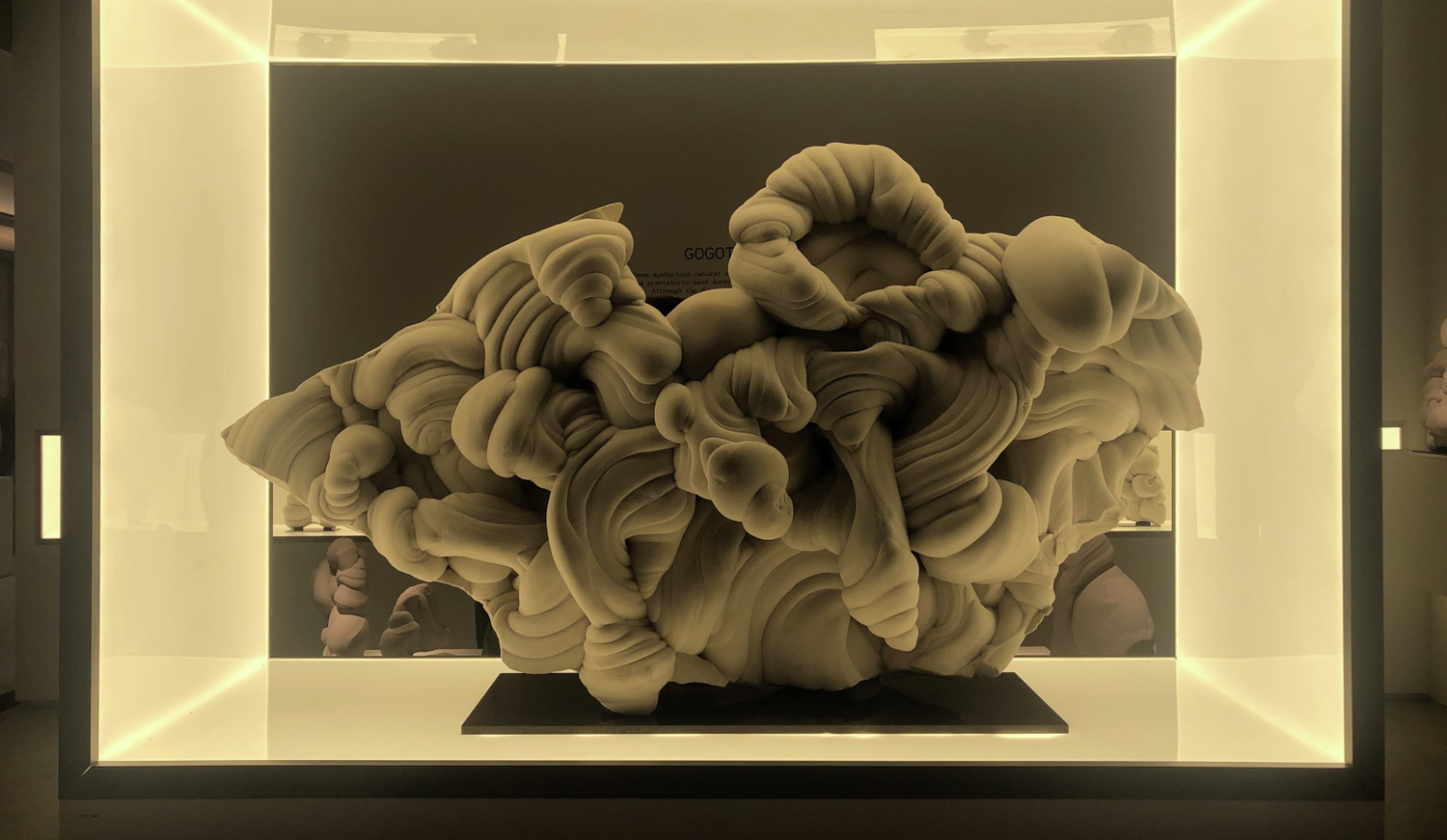Despite the feverish determination to democratise, marketplaces that define their raison d’etre as affordability end up achieving nothing other than making a mockery of that which they share to seek with the world. Such was the sickness plaguing the Affordable Art Fair in Hampstead which I visited last term. For the benefit of readers who may not have read my previous piece regarding it, I’ll summarise my findings here. At the AFA, both the cheap and the (relatively) expensive appeared to have been fashioned at the hands of charlatans: the assurance that everything on sale had been pitched to go as low as possible coloured the whole affair into a gargantuan money-grabbing operation. Pieces at the lower end (around £50) appeared ill-considered and simplistic, giving the impression that they were being flogged to the public merely on the basis of their being labelled as artisan works by their immediate environment. On the other hand, the most expensive pieces (reaching up to £3000) seldom appeared deserving of such a price tag and seemed to have been assigned such values merely to present themselves as “finer” works of art than their cheaper brethren.
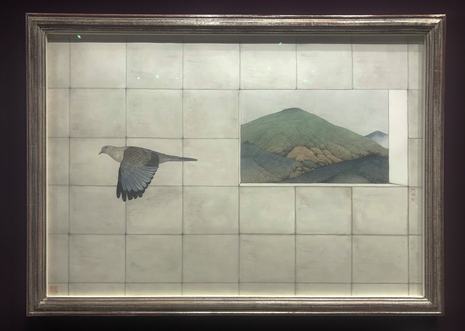
Whether or not such an analysis is ultimately representative of the true intentions of the artists present will remain forever unknowable: even under questioning, one doubts that a carefree admission of greed ever flows freely from human lips. However, I could and did investigate whether abhorrence or delight would strike my heart in an environment at the opposite extreme. This environment was that of Masterpiece London 2022. Masterpiece describes itself on its website as a receptacle for “exceptional works for sale, from international exhibitors spanning every major market discipline.” As such, it comes as no surprise that the target audience is not the hoi polloi, but “new and established collectors”. Here, then, was the unabashedly Unaffordable Art Fair, freely admitting to its own determination to flog only the most expensive of treasures to the most refined of audiences.
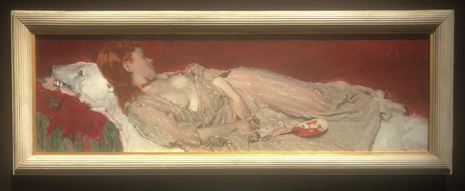
The £45 entrance fee only served to underline this point, begging for an unfavourable comparison with the £11-14 price tag attached to AFA entry (not that I paid either, having been fortunate enough to tag along with a family friend in the former case, and my own mother in the latter). Considering the British Museum, which retains a hold upon the world’s finest artefacts despite recent controversies over its very legitimacy, is free to enter, Masterpiece’s demands seemed downright criminal for a financially-challenged student such as myself.
“For a few blissful hours, Masterpiece truly became my reality”
Yet, I can’t and won’t deny that I thoroughly enjoyed what I found on display at Masterpiece, despite the eye-watering price tags reaching into the millions. In fact, I adored just about everything I saw, except for the private dining room tucked away at the back which had been outfitted by Zeynep Fadıllıoğlu. That I found a smidge chaotic and unconsidered, and certainly not reflective of her best work. But everything else, from Fontainebleau gogottes (breathtaking rock formations dating from 30 million years before present) to Georg Baselitz’s famed upside-down paintings held my attention captive so successfully that I spent a full seven hours from 11am to 6pm walking around the fair, neglecting even to eat lunch. To be fair, the food prices inside were extortionate, and I couldn’t get back in after leaving, having been abandoned by my ticket donor – but the simple wonder of Masterpiece filled me up better than any physical sustenance could have done, pumping my veins full of undiluted awe.
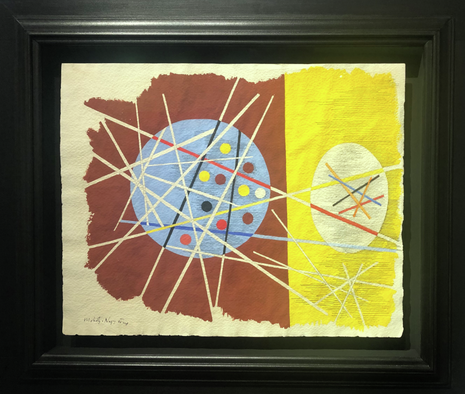
Hiroshi Senju’s majestic waterfall paintings commanded a forbidding presence in the space of one New York gallery, gripping me tightly before them with the bindings of their masterful brushwork. An array of thirteen characterful and bold ‘devil’s marbles’ from Pippin Drysdale strained my every muscle as I tiptoed and craned my neck to gaze continuously upon them, as these little, yet commanding forms began to convincingly bleed something of the ochre of the Australian outback into Sloane Square, of all places. The playful abstractions of László Moholy-Nagy kept my soles pressed firmly into the ground as my senses sought some kind of fixity to save me from dissolving entirely into their embryonic form and hue. Perhaps saying that I thoroughly enjoyed what Masterpiece had to offer doesn’t entirely cut it – for a few blissful hours, it truly became my reality, and I wouldn’t have had it any other way.
“Here, in the most unashamedly elitist of spaces, I found true democratisation of art”
This total immersion is, unfortunately, something you just don’t quite get at public galleries like the British Museum or the National Gallery, despite the comparable quality of the artefacts on display. The difference lies in one crucial factor. One Swiss gallery had procured a dazzling array of Kirchners, bubbling up the particular strain of excitement that comes with what I can only rightfully describe as fangirling within me: but what ultimately gave me the strength to indulge my emotions fully was not the artworks themselves, but the conversation I was able to hold with the gallery owners. Here I was, a 19-year-old with no professional or academic experience in the art world, finding a sudden kinship with people who had dedicated their lives to the memories and legacies of artists past and present. They generously bridged the gap between visiting layman and industry professional with a veritable outpouring of scholarly sentiment, making the art that had previously seemed curiously distant and other (however brilliant I found it), suddenly seem so achingly familiar and intimate.
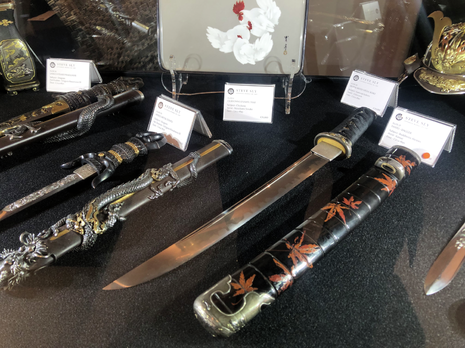
I don’t suppose I looked like a collector, or someone who could give them anything in the way of the tens of thousands of pounds and upwards that they were clearly seeking, having set up shop hundreds of miles away from home in Sloane Square. But I had come with an insatiable appetite for art. It’s undeniable that there’s big money to be made in the art world, but if big money is your only concern, I charge that you’re far more likely to end up in the likes of banking or consulting. To me at least, it seemed clear that love of art itself abounded and even preponderated above other earthly concerns at Masterpiece, with every new conversation that was struck up. I’d even go so far as to suggest maybe it was here, in the most unashamedly elitist of spaces, that I found true democratisation of art. After all, £45 only comes up to about the price of three cocktails in London. Discover the joys of hosting at home, I’d say, and put your money in an experience that is truly without parallel: the sublimity of art presented by those for whom it is the raison d’etre.

